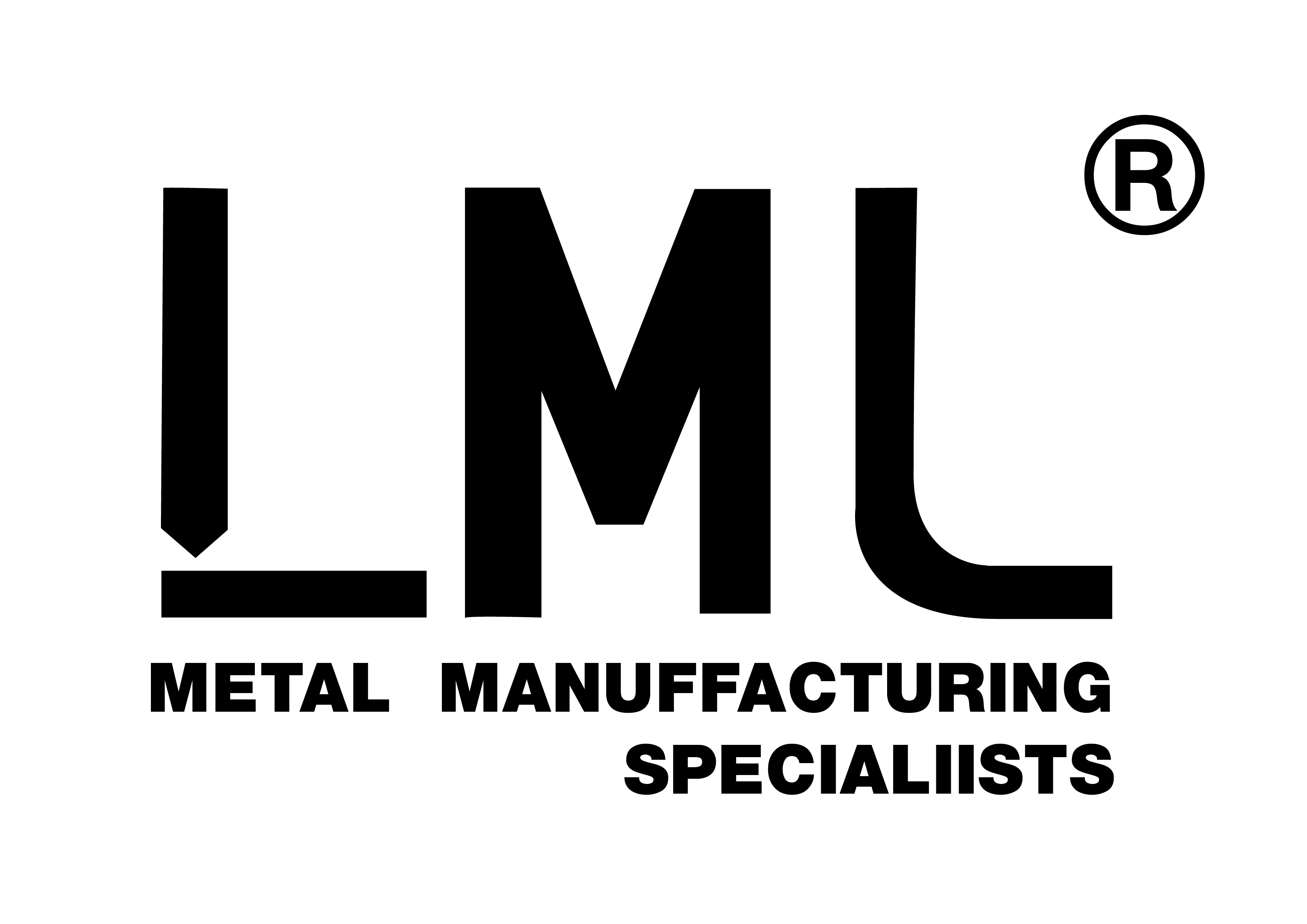Electroplating: Materials and Colors for Surface Engineering
Electroplating is a sophisticated electrochemical process that deposits a thin layer of metal onto a substrate using direct current. This technique is widely employed across industries to enhance appearance, improve corrosion resistance, increase surface hardness, and augment electrical conductivity. The process involves dissolving the coating metal from an electrode (anode) and depositing it onto the workpiece (cathode) through electrochemical reduction.
Materials Suitable for Electroplating
A diverse range of materials can undergo electroplating, each requiring specific preparatory treatments to ensure optimal adhesion and performance.
Metallic Substrates:
Most metals serve as excellent bases for electroplating. Common choices include:
- Aluminum and its alloys: Often used in aerospace and automotive applications for their light weight.
- Zinc alloys: Popular for automotive components and hardware.
- Stainless steel: Preferred for medical devices and food processing equipment.
- Copper and brass: Frequently used in electrical components and decorative items.
- Cold-rolled steel: Widely employed in industrial applications.
Specialized metals like beryllium copper, phosphorus bronze, tellurium copper, and nickel silver are also routinely electroplated for specific applications requiring unique material properties.
Non-Metallic Substrates:
With proper preparation, various non-metallic materials can be successfully electroplated:
- ABS plastics: The most commonly electroplated plastic due to its ability to withstand processing temperatures around 60°C (140°F) and its strong adhesion to electroplated layers.
- Other polymers: Polypropylene, polysulfone, and phenolic resins can also be electroplated after appropriate treatment.
- Ceramics: Materials like alumina ceramics require specialized activation processes before electroplating.
Non-metallic materials undergo extensive preparatory treatments including etching, activation, and sensitization to create a surface that can accept metal deposition. For plastics, this typically involves chemical etching to create microscopic pores for mechanical bonding, followed by catalytic activation and electroless metal deposition before conventional electroplating can begin.
Electroplating Metals and Their Colors
The choice of plating metal determines both functional properties and aesthetic appearance:
| Plating Metal | Typical Colors | Special Characteristics |
|---|---|---|
| Chromium | Bright silver, mirror finish, matte black | Extremely hard (800-1000 HV), excellent wear resistance |
| Nickel | Warm silver-yellow, metallic red (after oxidation), gunmetal gray, black nickel | Good corrosion resistance, often used as underlayer for chromium plating |
| Gold | Various yellow gold shades (18K-24K appearances) | Excellent conductivity, corrosion resistance, and aesthetic appeal |
| Zinc | Silvery-white, blue, black, green, yellow, iridescent | Good corrosion protection for steel parts |
| Copper | Reddish metallic, antique bronze (after treatment) | Often used as underlayer for improved adhesion and conductivity |
| Silver | Bright white metallic | Highest electrical conductivity, ideal for electrical components |
| Tin | Silvery-white | Good solderability, non-toxic |
| Black Nickel | Matte black | Luxury appearance for high-end products |
| Alloys | Various (depending on composition) | Custom properties through metal combinations |
Table: Common electroplating metals and their characteristics
Advanced techniques like dyed electroplating have expanded the color possibilities beyond traditional metallic hues. This innovative process allows for a wide palette including black, orange, purple, and even white on metal surfaces, greatly expanding design possibilities for brand-specific applications.
The Electroplating Process
The electroplating process typically follows these essential steps:
- Cleaning: Removal of oils, dirt, and oxidation through chemical, abrasive, or ultrasonic methods.
- Surface preparation: Etching or activation to ensure proper adhesion7.
- Electroplating: Immersion in electrolyte solution containing metal ions with application of direct current.
- Post-treatment: Possible additional steps including polishing, sealing, or additional coating applications.
The process variables—including current density, solution composition, temperature, and time—must be carefully controlled to achieve the desired thickness, appearance, and properties.
Applications and Selection Criteria
Different plating materials serve distinct functional purposes:
- Gold plating: Preferred for electronics, aerospace, and decorative applications due to its excellent conductivity and corrosion resistance.
- Silver plating: Used where high electrical conductivity is paramount.
- Nickel plating: Provides superior chemical and corrosion resistance, often used in marine environments.
- Zinc plating: Offers cost-effective corrosion protection for industrial components.
- Decorative plating: Chrome and nickel provide bright, attractive finishes for automotive trim and consumer goods.
When selecting an electroplating material and color, engineers must consider:
- Environmental factors: Exposure to corrosion, UV radiation, or chemicals.
- Functional requirements: Electrical conductivity, wear resistance, or lubricity needs.
- Aesthetic considerations: Color matching and appearance expectations.
- Regulatory compliance: Restrictions on certain materials like cadmium (banned in EU).
- Cost constraints: Zinc is economical while precious metals command higher prices.
Conclusion
Electroplating continues to evolve as a critical surface engineering technology, bridging the gap between functional requirements and aesthetic aspirations. From the corrosion protection of zinc to the luxurious appearance of gold and the innovative colored coatings now available, electroplating offers designers and engineers a versatile palette of material and color options. As the technology advances with new alloys and application techniques, electroplating remains an essential process across industries from aerospace to consumer electronics, enabling products that are both durable and visually appealing.


